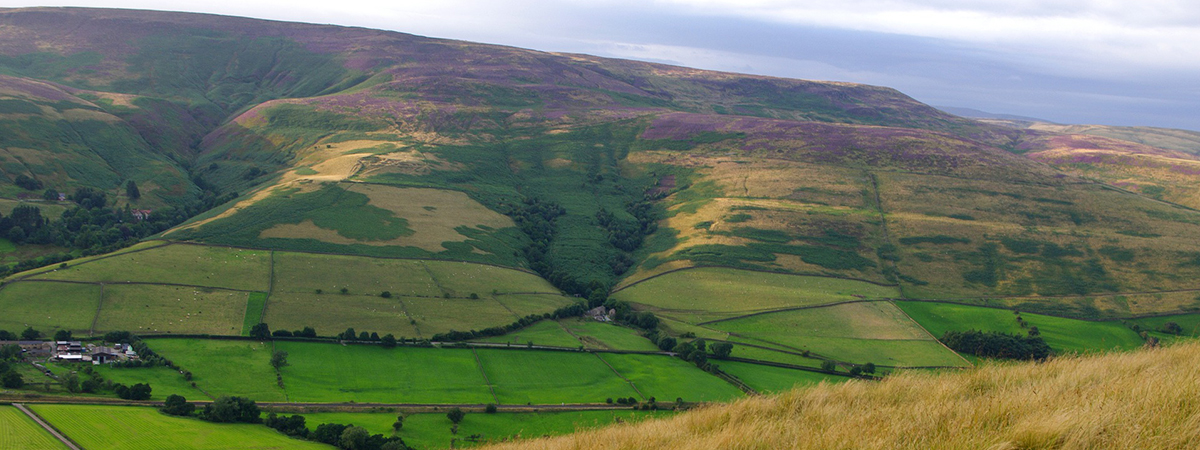Why are Conservation Areas so Important?

Conservation areas make up 2.2% or 2,938 square kilometres of England. They are usually places of great beauty or historical significance. Local planning authorities decide if a place needs conserving and can apply ‘Listed Building’ status to significant architecture or ‘Tree Preservation Orders’ on special trees.
The first conservation areas were designated in 1967 under the Civic Amenities Act, and there are now nearly 10,000 across England alone. 59% of these conservation areas are rural and 41% are urban. Places like the lake district, and our neighbour the peak district have many rural conservation areas that have formed to maintain the character of small villages and for the protection of British wildlife habitats. Coastal areas are also deemed important and are checked regularly for erosion and damage that makes the land unsafe.
Our natural landscape needs to be continually maintained and protected. The balance of the planet's ecosystems rely on us to lower the damage caused by humans and to think long term about the effects on global warming.
However conservation areas are also about the buildings we’ve created in the past and preserving England's Heritage. Only 2.27% of England is built on, yet in that space we have so much history, and what most consider a desirable appearance from our buildings.
Well-known locations would be quaint villages with identical houses and a cleverly engineered church, all made of natural stone, surrounded by dry-stone walls. Or cottages with thatched rooves. These places have to maintain the aesthetics which can be costly, dry-stone walling has to be done by hand and requires years of experience, a thatched roof makes the house look charming but costs a lot in upkeep and poses a higher fire hazard.
Some conservation areas are a part of the charitable foundation the National Trust or the public body English Heritage, both are duty bound to look after nationally owned properties and natural heritage. These sites offer scenic walks or a glimpse into an old way of life for everyone in the UK and tourists from abroad. These locations require rigorous preservation and rely on volunteers.
Street furniture like other environmental artifacts can be listed as of special architectural or historic interest. It is therefore qualified for repairs and replacements. There are some street furniture elements that cannot be easily replaced such as the old letter boxes, horse troughs, and specific street lamps. However street signs and seats that maintain the traditional look are available from the Bailey Street Furniture Group.
Street Furniture Direct is part of the Bailey Street Furniture Group a privately owned collection of individual companies serving the construction sector, providing a wide range of street furniture, playground elements and associated services to the public realm, commercial and educational schemes throughout the UK. Find out more by visiting the BSFG Website.